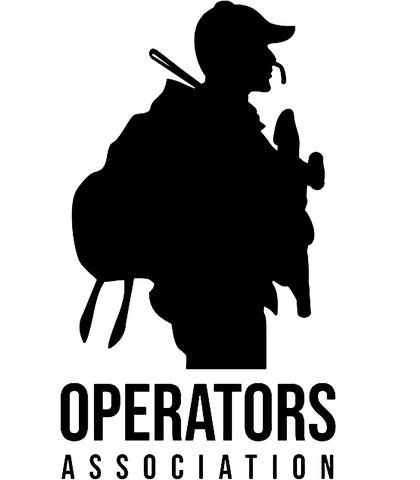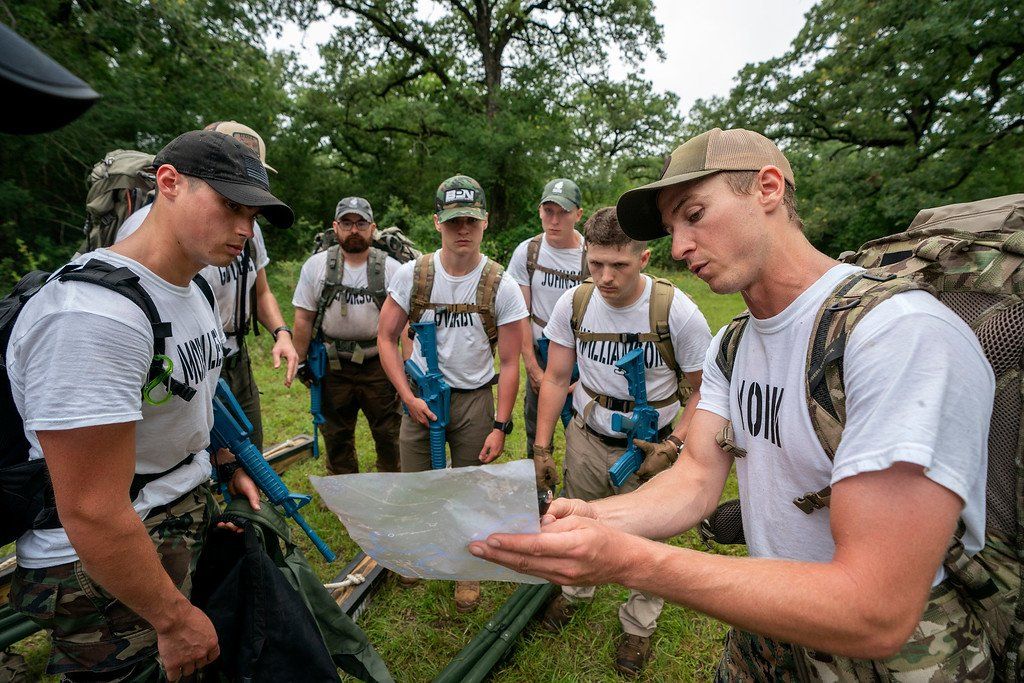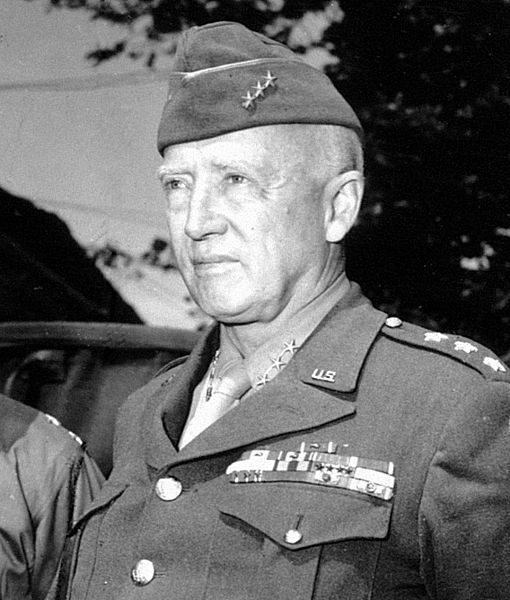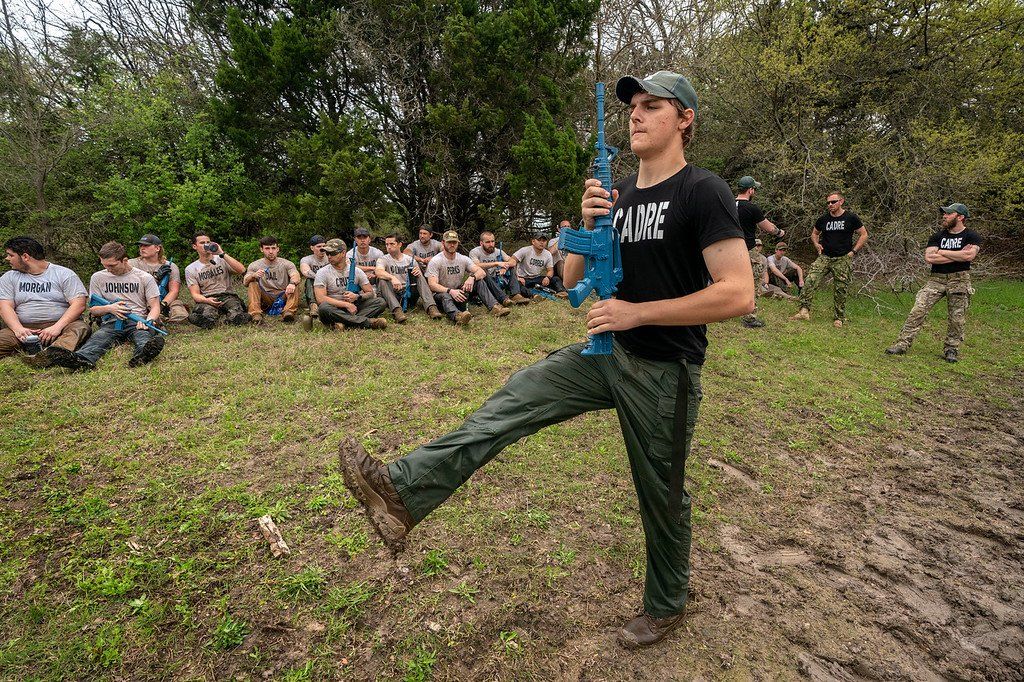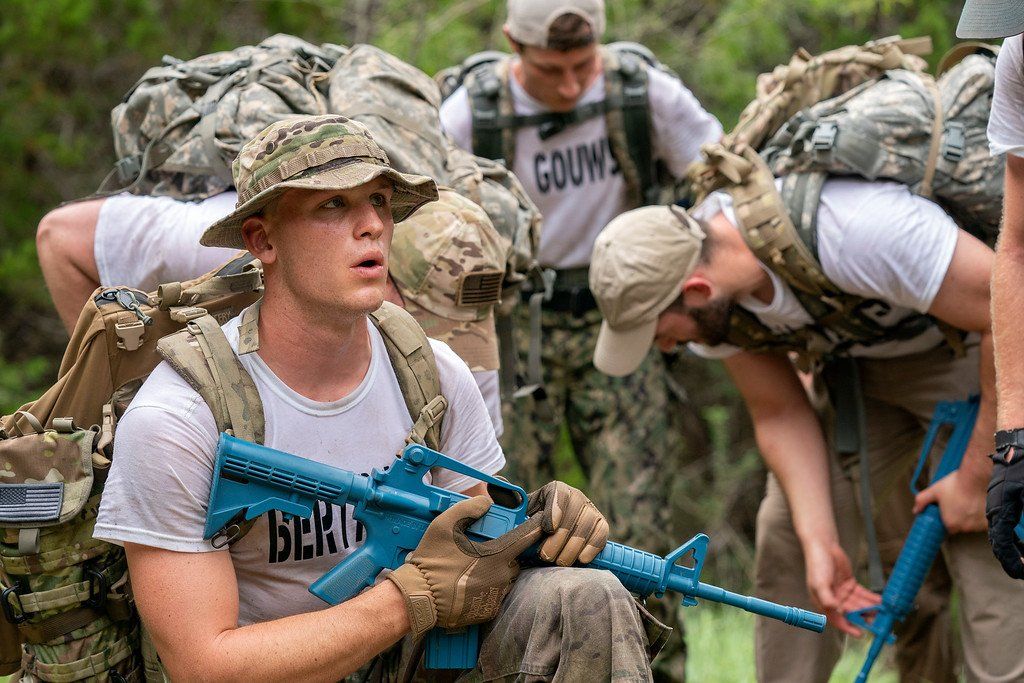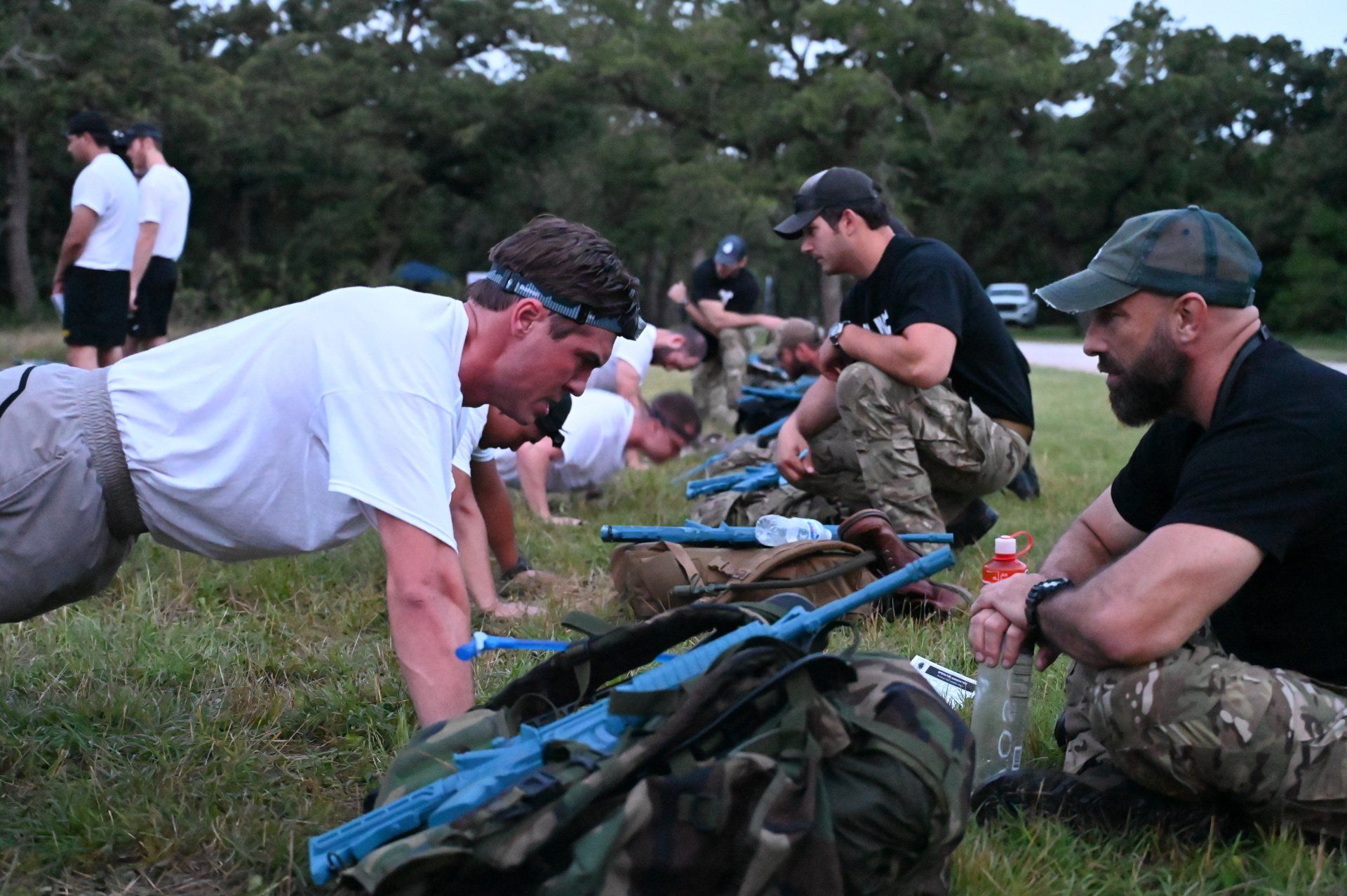How to Prepare for Ruck Marching
Aug 02, 2021
Get your body ready for rucking with these SOF techniques.
Although modern militaries are becoming more mobile, rucking (marching long distances with heavy gear) is still a critical skill in any warrior’s arsenal. Whether you are in selection or on an operation, moving yourself and your equipment quicker and more efficiently than the enemy is crucial to your success.
If you can get to a strategic location or area of operation before your enemy, you seize the initiative. You have the chance to establish yourself in advantageous positions while they must scramble and adjust to your presence. In other words, the better you are at moving around the battlefield, the better you will be at creating ambushes, capturing positions, and making tactical retreats.
Because of its importance to success in battle, ruck marching is an integral part of nearly every military’s training. A little while ago, we taught you the strategies and techniques for effective rucking (Click Here to read our How to Ruck Like a Ranger guide). In this blog post, we’ll show you how to prepare your body for the stresses of rucking. Whether you’re trying to build up to your first ruck march or become faster and more aggressive at rucking, this guide is for you!
Stabilize Your Joints
Injury prevention is one of the most crucial aspects of getting (and staying) fit. If you get injured every time you train, you can't maintain the consistency you need to improve.
Ruck marching comes with different injury risks than your typical training session. While you’re unlikely to pull a muscle from rucking, marching with heavy equipment over long distances and rough terrain makes you prone to joint injuries like sprains. If you weigh 170lbs and are wearing a 60lbs rucksack, the joints in your legs need to support 230lbs – one wrong step or rolled ankle can put you out of commission for months.
If you want your rucking workouts to be a success, you need to strengthen your knees and ankles to withstand the pressures of rucking. If you want a complete guide for hardening your body, check out our How to Harden Your Body for Selection blog post.
Here’s the gist of what you need to know: strengthening your joints requires you to “train how you fight.” The terrain on battlefields or during selection is rarely even. If you’re only running on paved roads, tracks, or treadmills, you are doing yourself a disservice. Find some local hiking paths or parks and start regularly training and running on rough terrain. Not only will you be strengthening your joints, but this type of running is much more engaging and challenging than running on flat roads – you need to stay engaged and focused on every step you take!
Reinforce Your Back
Your legs might be moving you forward, but it’s your back that is doing the heavy lifting. Having proper posture while rucking is crucial to preventing injuries and maintaining a competitive pace. If you are needlessly tiring yourself out with poor rucking posture, you aren’t maximizing your performance.
Unfortunately, maintaining proper rucking posture is easier said than done (or written). The best way to start improving your posture is by doing exercises that activate your posterior chain and force you to stabilize while working out. These exercises include squats, pull-ups, Romanian deadlifts, and bridges. Start incorporating them into your regular workout routine, and your rucking will start to improve significantly.
Get Used to Dynamic Movements
Although rucking isn’t usually considered an explosive exercise, it requires a lot of athleticism. When you’re marching over uneven terrain with heavy gear, your body constantly makes micro-adjustments to keep you balanced and stable. Although you make these adjustments subconsciously, it’s still crucial to get your body used to making dynamic movements and adjustments. Your body’s ability to adapt can make or break your rucking.
There are two ways to improve your adaptability. The first is to start incorporating dynamic movements into your regular training routine. This can include sprints, box jumps, plyometric push-ups, and so on. The second way you can improve your adaptability with exercise is to start cross-training in different sports. Just because you’re on the military pathway doesn’t mean that you have to restrict yourself to military-style PT. Find local fitness clubs or groups where you can try out different disciplines like rock climbing, martial arts, rugby, swimming, and so on. Not only does cross-training significantly improve your adaptability by introducing you to unique movements, but it’s also a great way to keep your workouts interesting.
We hate to break it to you, but rucking isn’t fun. If you want to stay consistent in your ruck marching, you need to find a way to keep yourself committed and accountable. That’s where Operators Association comes in. When you become an OA Aspiring Operator, you get instant access to our exclusive accountability group run by special forces cadre. There, you will meet more like-minded individuals who will push you to improve and stay on the path even when you feel like quitting. Become an Aspiring Operator and join our 900+ member community today!
